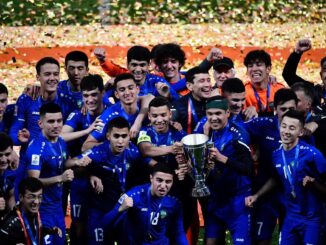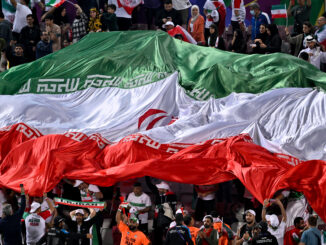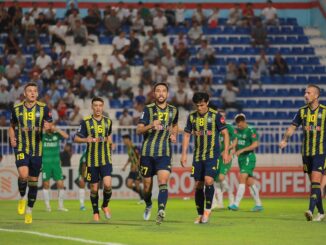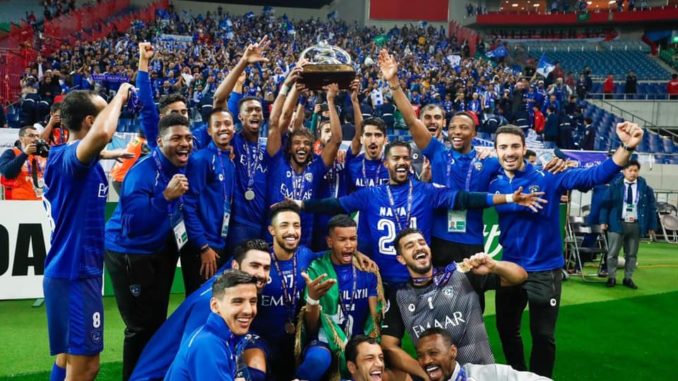
Nineteen years after their last success, Al Hilal are once against champions of Asia. But how did they get the job done? Rhysh Roshan Rai was at both legs in Riyadh and Saitama and shares his thoughts on how the Saudi giants were able to get the better of Urawa Reds.
The first leg ended 1-0 to Al Hilal and it could very well have been more. Giovinco and co. had several chances to kill off the tie but a combination of poor finishing and good goalkeeping by Haruki Fukushima had given Urawa a chance heading into the second leg.
One of the outstanding performers in the Urawa side, Shinzo Koroki, has played a huge part in Urawa’s run to the final. Scoring eight goals – four of those coming from headers – he has helped carry the side through the competition.
It’s not just his goals but also his overall involvement in their attacking play which has helped them this season. His involvement in the build up of attacking play has often seen him drop into midfield positions which has seen the likes of Fabricio, Kazuki Nagasawa, Takahiro Sekine and Daiki Hashioka appear ahead of him in average formations in some matches this season.
It allows Urawa to make use of Koroki’s technical quality in central areas to bounce passes off in midfield and to release Sekine further up the field.
The problem in the first leg was that Koroki was often bullied out of the game by Jang Hyun-soo and Ali Al-Bulayhi who were alert to his movements to drop off the forward line when he wanted to help with the build up.
The lack of support from Fabricio and Nagasawa to occupy attacking positions when Koroki did drop off also helped Jang and Al-Bulayhi because they could be aggressive following Koroki into deeper areas.
Koroki is at his best when he has pockets of space to drop into, released from the attentions of a physical defender, to receive and turn and he needs to be attacking crosses in the box. He rarely had a chance to do that in the first leg.
One of the ways Urawa tried to fix this in the second leg was to get Nagasawa and Fabricio playing closer to Koroki in the middle. In fact, Nagasawa’s average position was way higher than either Koroki or Fabricio. Koroki’s average position was also more on the left side with Fabricio in a central position.
On this occasion, it was Nagasawa who was isolated but he was asked to do a job for the team. He and Fabricio were used to occupy Al Hilal’s centre backs. This then released Koroki and allowed him to drop into midfield, get away from the physicality of Jang and Al-Bulayhi, and help link the play in those positions.
If you can, have a look back at the chances in the 23rd and 33rd minutes of the game. With the chance on 23 minutes, probably Urawa’s best, have a look at Koroki dropping off the forward line, playing a couple of beautiful one touch passes with Ewerton, before then linking up with Sekine and bursting past Jang into the box.
One of the other issues from the first leg was Urawa’s quality of play on the ball. They seemed flustered by Al Hilal’s pressing. It was very difficult for them to build anything meaningful in possession. There were a number of stray, sloppy passes and poor touches in the moments that they did get some space to build attacks with the ball.
Al Hilal’s aggressive and organised pressing made it very difficult for Urawa, but they didn’t help themselves with some sloppy individual displays in the first leg.
One of the things they did try in the second leg is to stretch the back three out wider when receiving possession, increasing the distance for Gomis and Giovonco to cover.
Gomis is aggressive in the press but Giovinco can be the weak point to exploit. Which would partly explain why they were able to make their way up the pitch on Giovinco’s side in the second leg. Urawa’s technical quality overall was also much better in the second leg.
In the first leg, Urawa’s wingbacks had very little effective involvement in their attacking play and that’s a problem because their wingbacks, when they’re fully involved, almost play as wide attackers or wingers and can be pretty advanced. This was fixed somewhat in the second leg.
Again, have a look back at the chances from the eighth and 23rd minutes of the second leg of the final. In the eighth minute, Sekine whips in a cross which puts Al-Mayouf under pressure. Hashioka then is in the box with a shot that Al-Mayouf has to scramble to save.
On 23 minutes, Sekine is the one who eventually gets the shot towards goal after playing in Koroki down the left.
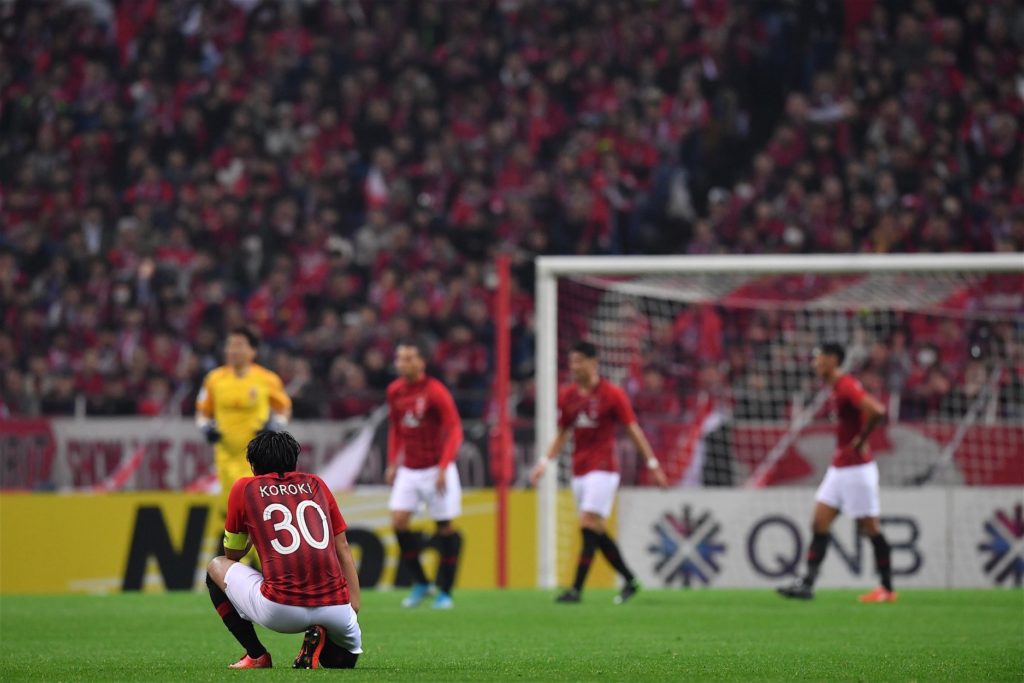
One of the patterns they use to release Sekine and Hashioka into higher positions, is to drop Aoki into the centre of defence and push Makino into a left back role which allows Sekine to then push forward and play as a winger.
Same thing with Iwanami and Hashioka down the right hand side. Makino and Iwanami become left and right backs in that situation as Urawa switch into a back four in those situations. They become very important in the build up and see a lot of the ball. According to the AFC, both Iwanami and Makino finished the campaign as Urawa’s second and third highest passers of the ball.
As the second leg wore on, Urawa had to take more risks with their positioning and their profiles of players on the pitch. Kashiwagi and Sugimoto were brought on to give them more of an attacking threat but it didn’t prove to be very effective for the Reds.
This was perfect for Al Hilal who were patiently waiting for these situations when the game would open up. They exploited them perfectly. Andre Carillo, with an assist, was once again outstanding for Al Hilal down the right hand side.
For mine he was the best player across both legs and deserved to be given the MVP award. He had far too much pace and power for Sekine to deal with in Riyadh and this was once again the case in the second leg.
Shrugging off Sekine’s challenge (Sekine’s reaction after he was sent sprawling to the floor was probably a sign of what was to come) with ease, he then released a pass into Salman Al-Faraj, who in turn played it into Giovinco to assist Salem Al-Dawsari, who was on hand to provide the finish that pretty much sealed the tie with Al-Hilal’s first goal of the night.
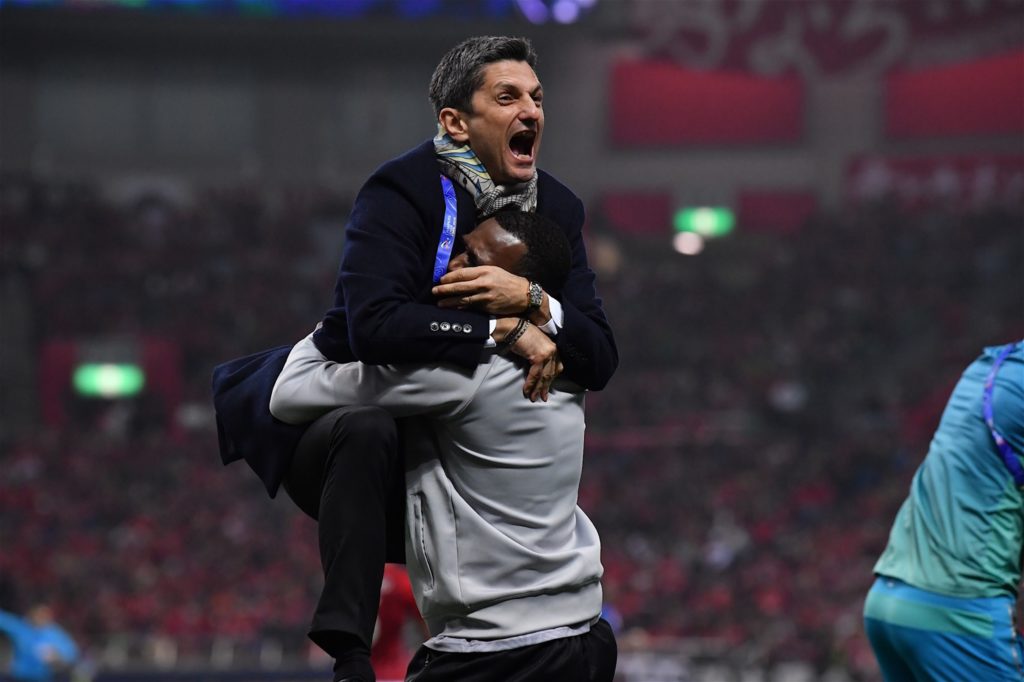
It was a beautiful, swift, flowing move that embodied everything about Al Hilal’s attacking play under Razvan Lucescu. Power, pace, fluidity and, of course, quality.
Over both legs, they made very good use of combinations to create opportunities. Yasser Al-Shahrani linked up with Al-Dawsari on the left, Al-Faraj floated around and linked up with the likes of Al Burayk and Giovinco moving into wider areas at times.
Giovinco has license to roam when Al Hilal are in possession and that helps with their combination play. It also makes it difficult for the opposition to track his runs into the box and he had a few chances in the first leg to get his name on the scoresheet. He should have put away at least one of his opportunities. Thankfully, it didn’t come back to haunt them and he had a much better outing in the second leg and picked up an assist.
They were the better side in both legs of the final and generally had very good control over Urawa. Their levels of concentration and work rate were very high in both legs and they were very effective with their pressing in the first leg.
They held back a little bit more with their pressing in the second leg but it was a game plan that worked perfectly in the end as Urawa were never really able to create many high quality opportunities to threaten them.
Their overall quality on the ball was high. Al-Faraj was a master of controlling the tempo and linking the play in midfield. He was also involved in their attacking play in advanced positions with Abdullah Otayf holding the fort in midfield in those situations.
Salem Al-Dawsari and Carillo were excellent with and without-the-ball in both legs. We know of their attacking quality but their willingness to press higher up and also track back into deeper positions was very impressive.
It was also great to see Mohamed Kanno and club legend, Mohammad Al-Shalhoub, getting some game time in the second leg. Both of them have made important contributions to Al Hilal’s ACL campaign. In fact, Al-Shalhoub actually got Al Hilal off to a fantastic start with the winning goal away to Al Ain on Matchday One.
Razvan Lucescu and his staff deserve a lot of credit for their work to get this Al Hilal side playing the way they are at the moment. The intensity levels are outstanding and the quality they possess is incredible. Al Hilal are deserving winners of the AFC Champions League in 2019.
Main Photo: Facebook/Al Hilal
Other Photos: Facebook/AFC Champions League
Listen to Episode 46 of The Asian Game podcast LIVE from Saitama Stadium for the second leg of the AFC Champions League final.


